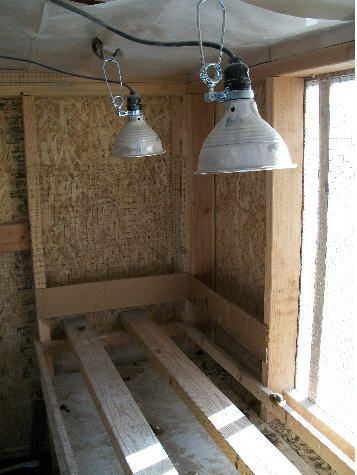There is a wonderful article on ventilation on someone's BYC Page. I know someone here remembers where it is? No matter how 'cold' or 'nasty' your weather gets, ventilation is a must. If you are really concerned about cold, definitely get something you can close up on super cold days or nights, but are able to open back up. Maybe cut out a window and cover it in the screen you saw suggested. Then add a hinge and latch door to cover it on cold days.

On my coop, our heavy winds come from the west, so I placed screened vents on the top north and bottom south part of the coop under an over hang. This allow some breeze in the summer, but won't let the cold winds in during the winter.
You have gotten a TON of great advice this is what will fix your issue, so I hope you found how you want to do this.
 Just love those BYC'ers
Just love those BYC'ers


On my coop, our heavy winds come from the west, so I placed screened vents on the top north and bottom south part of the coop under an over hang. This allow some breeze in the summer, but won't let the cold winds in during the winter.
You have gotten a TON of great advice this is what will fix your issue, so I hope you found how you want to do this.






